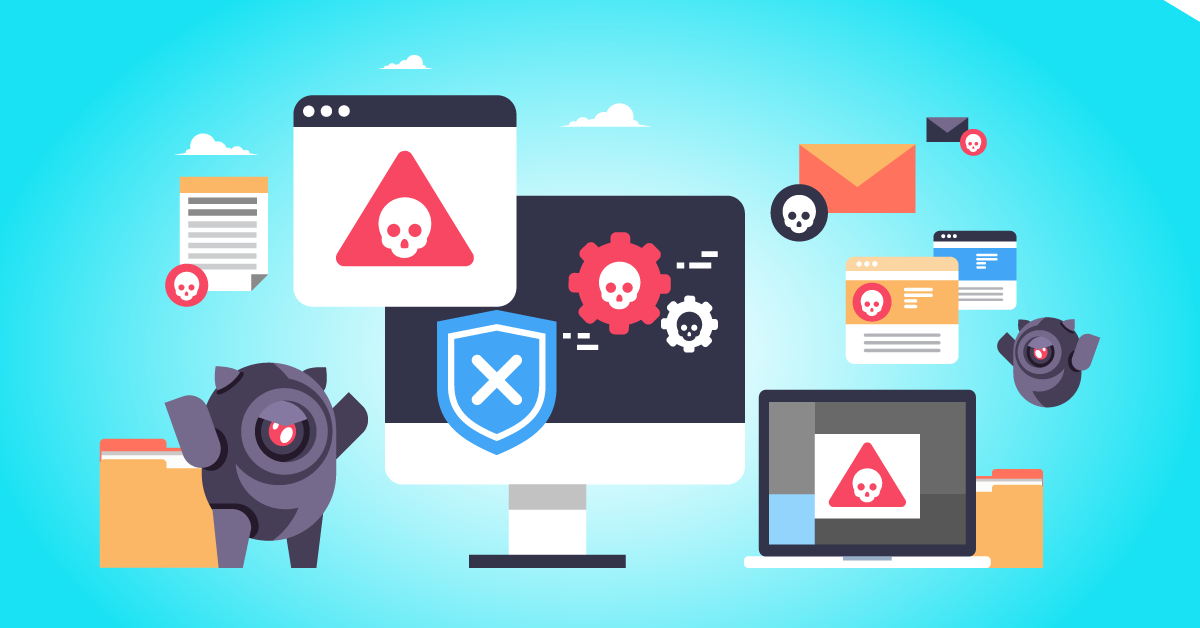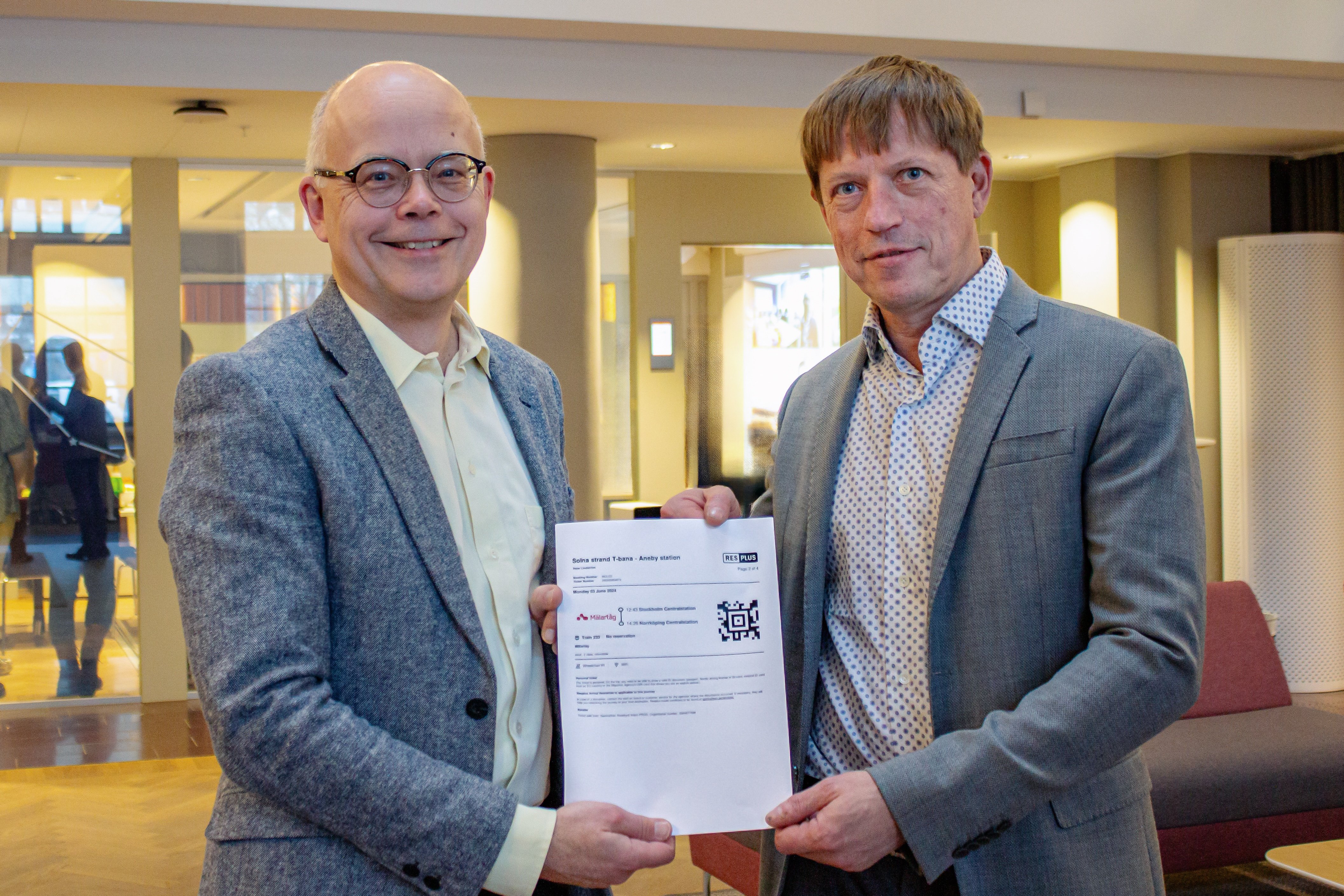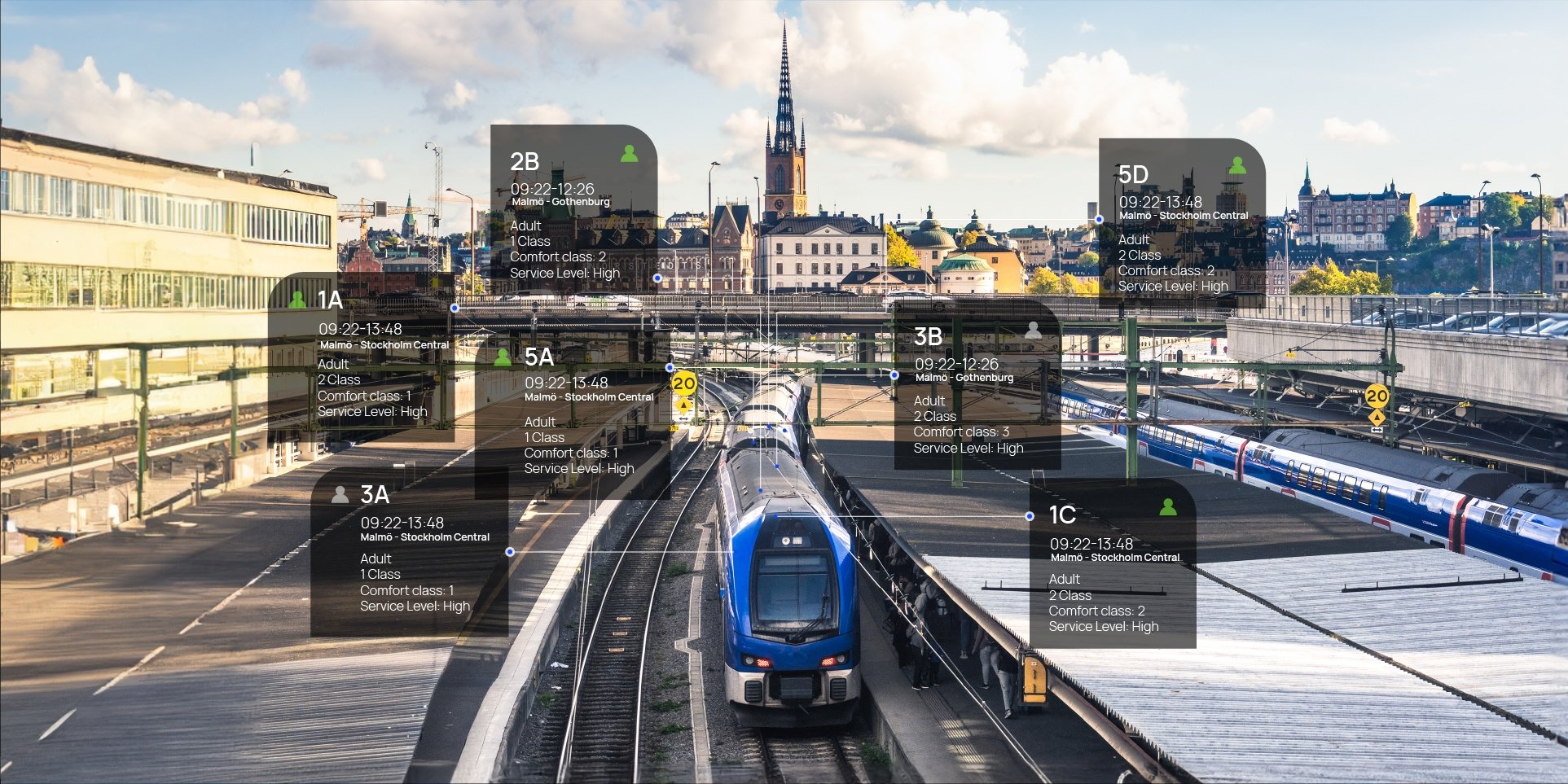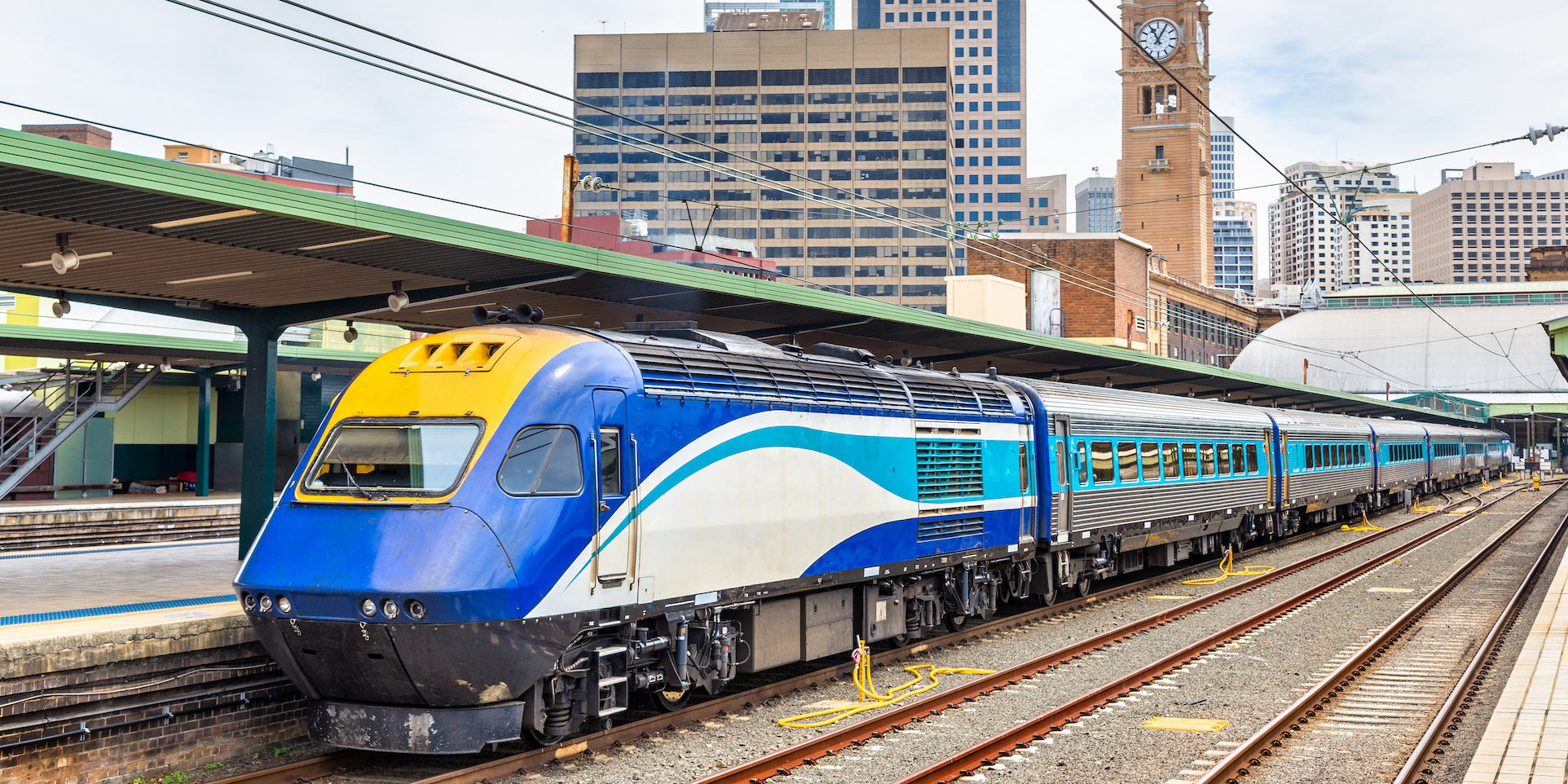Is your bus ticket reservation system secure?

In this digital age where most businesses are using some kind of a system that processes business-related data, there are security risks lurking on every corner. And the intercity bus industry is not an exception.
Since the ticket reservation systems are the backbone of every bus operator, the security of such systems is of utmost importance and cannot be overlooked. If something happens, it can result in crippling damages to your business. But how do you know if your system is secure?
To help you with that, we have identified three main security threats against a reservation system and some possible ways to protect your business against them.
Unauthorized Data Access
In this case, the main risks are the employees themselves or some outside hackers who wish to destroy, steal, or change the data that is in the system.
Signs of a security threat:
- Weak security policies – For example, the computers don’t lock up automatically, building entrances are not locked, no training for the employees, etc.
- Weak password policies – The requirements for the passwords are not strong enough or there is no password rotation.
- Easy access to the system – You can access the system from any computer(e.g. library computer) and you don’t need to connect to the company’s network.
- Weak system security measures – Easy access to the hosting environment, no firewall, etc. Usually, this is already done by the provider of a cloud-based system. If you have the system on the site, you need to take care of that yourself.
- No encryption – The data in the system is not encrypted, which means almost anyone can access it without much effort.
Possible countermeasures:
- Implement proper security policies, which cover how employees should use their computers. Some of the elementary things that the policies have to cover are the installation of software, virus protection and its updates, procedures and standards (password strength, etc.), user roles for accessing only relevant data, etc.
- Enable firewall and secured access to the hosting environment of the system. If the system is cloud-based, this security element is done by the service provider.
- Enable data-encryption between the server and client application.
- Last but not least, do regular security audits. These audits will give you a good overview of the current state of the system security. During the process, you should evaluate the threats against your system. Since the threats are ever-changing and keeping up with the constantly changing IT-security world is a lot of work, we recommend to use service providers who specialize in the security of such systems.
System Attacks
The most common type of attack is a DDoS (Distributed Denial of Service) attack, which today are the primary concern in internet security. The attack consists of a huge amount of fake requests that will “clog” the system and eventually crash it.
An increasingly popular way to carry out the attack is to use botnets. A botnet is a group of computers, which have been infected by malware and have come under the control of a malicious actor. So, the attacker is in control of that group and uses it to imitate the real behavior of a user. This will make detecting the attack a lot harder, which in turn will make protecting the system against such attacks more difficult.
The key to defeating these attacks is recognizing the patterns of the attackers, i.e. to distinguish the real user’s queries from the bot’s. If the pattern is detected, it’s possible to filter them out with a firewall, thus, keeping them away from the system. The easiest way to do that is to use a cloud service provider who already has appropriate security measures implemented. Alternatively, you can ask your internet service provider to identify signs of a DDoS attack and block the unwanted traffic.
Hardware and Software Failures
Today, with the increasing number of cloud service providers, the risks related to hardware failures are quite low. When something happens to the hardware, the provider will deal with it. That is when you use such providers. If you have your own servers, the hardware security-related activities (creation on fail-over clusters, backups, etc.) are all on your own shoulders. This means you have to have a person responsible for the hardware in the servers and an according to budget (salary, hardware, etc.) for that.
To keep software-related risks low you should monitor the critical components of the system and have a mechanism to notify about potential problems. Additionally, it is imperative to have regular backups of your data, which will enable you to solve different kinds of problems that may occur (e.g. hard-drive failure, corrupt data, etc.).
Security First
Security of such mission-critical systems cannot be taken lightly. If you noticed after reading this that there are some parts of the system security that need improving, we recommend you to starting working on that right away. The best option is to use a cloud-based system provider who does most of the work for you.





